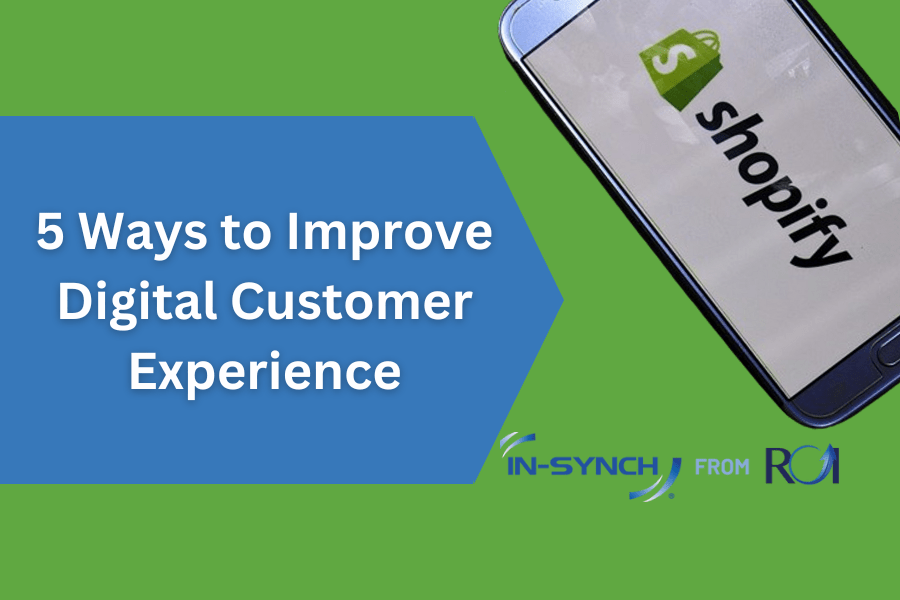By Ruth Richter • February 08, 2019

That seems like a lot, but when Amazon Marketplace sellers are factored in, that product count explodes to over 353 million products. Third-party sellers have grown exponentially over the past several years, with third-party sellers accounting for half of paid units sold on Amazon in 2016. In that same year, Amazon doubled its third-party seller deliveries, exceeding 2 billion items.
It seems as though selling on Amazon ought to be perk enough for a small business, but last year, Amazon added yet another bonus for its third-party sellers.
Discount Provided by Amazon
Beginning in 2017, some third-party products featured a new tag, “Discount Provided by Amazon.” These discounts—usually less than 10 percent—are offered and funded solely through Amazon. This means that the discounts don’t affect the retailers selling the products: Amazon is absorbing the discounts itself so that third-party sellers still receive their full value of sale.
These discounts allow Amazon to compete with other discount stores such as Walmart and Dollar General without affecting its relationship with its vendors. Customers receive extra savings and small businesses still get the extra value of selling on Amazon. Not only that, Amazon can combat the idea that it is stealing business from independent retailers because it gives those same retailers the opportunity to sell on its site, now at a discount to their customers that doesn’t impact the seller’s bottom line.
What’s not to like?
What to Watch For
There is one drawback, however. Brands typically have more partners than just Amazon, and work to keep pricing balanced across all their different retailers. With Amazon’s discount, however, a company’s product may end up listing cheaper on Amazon than on other retailers, such as Walmart. This could spark some conflict.
Retailers may end up choosing between Walmart and Amazon, but that doesn’t necessarily have to happen: Sellers can opt out of the Amazon discount program at any time.
What This Means for You
If you sell on Amazon, you may have already seen an increase in sales in 2018 due to the Discount Provided by Amazon program. That discount might be enough for you to happily continue participating, no matter what pricing is listed on any of your other third-party resellers, such as Walmart. Use your ERP data to track these sales. If you’re seeing a significant increase on Amazon and decrease or no growth on other shopping carts, you may reconsider which platforms you sell on. Or, you may choose to adjust pricing on other platforms to match the discount Amazon is providing.
Track Amazon Sales in Sage with IN-SYNCH
Tracking all that data might sound like a headache waiting to happen, but it’s easier than you think with IN-SYNCH by ROI Consulting. Using this Sage integration tool, you’re easily able to pull data directly from your ecommerce site and all other third-party shopping carts into your Sage ERP for the most up-to-the-minute look at how your business is growing on each of these sites. With connections that are bi-directional, lightning fast, and completely secure, you can be confident the numbers you see accurately reflect your sales across all platforms.
Whether you’re taking part in Discount Provided by Amazon, or not, make sure you have the most accurate third-party shopping cart data in your Sage ERP with IN-SYNCH. Contact us here or by calling 402-934-2223, ext. 1 to see IN-SYNCH in action today.




